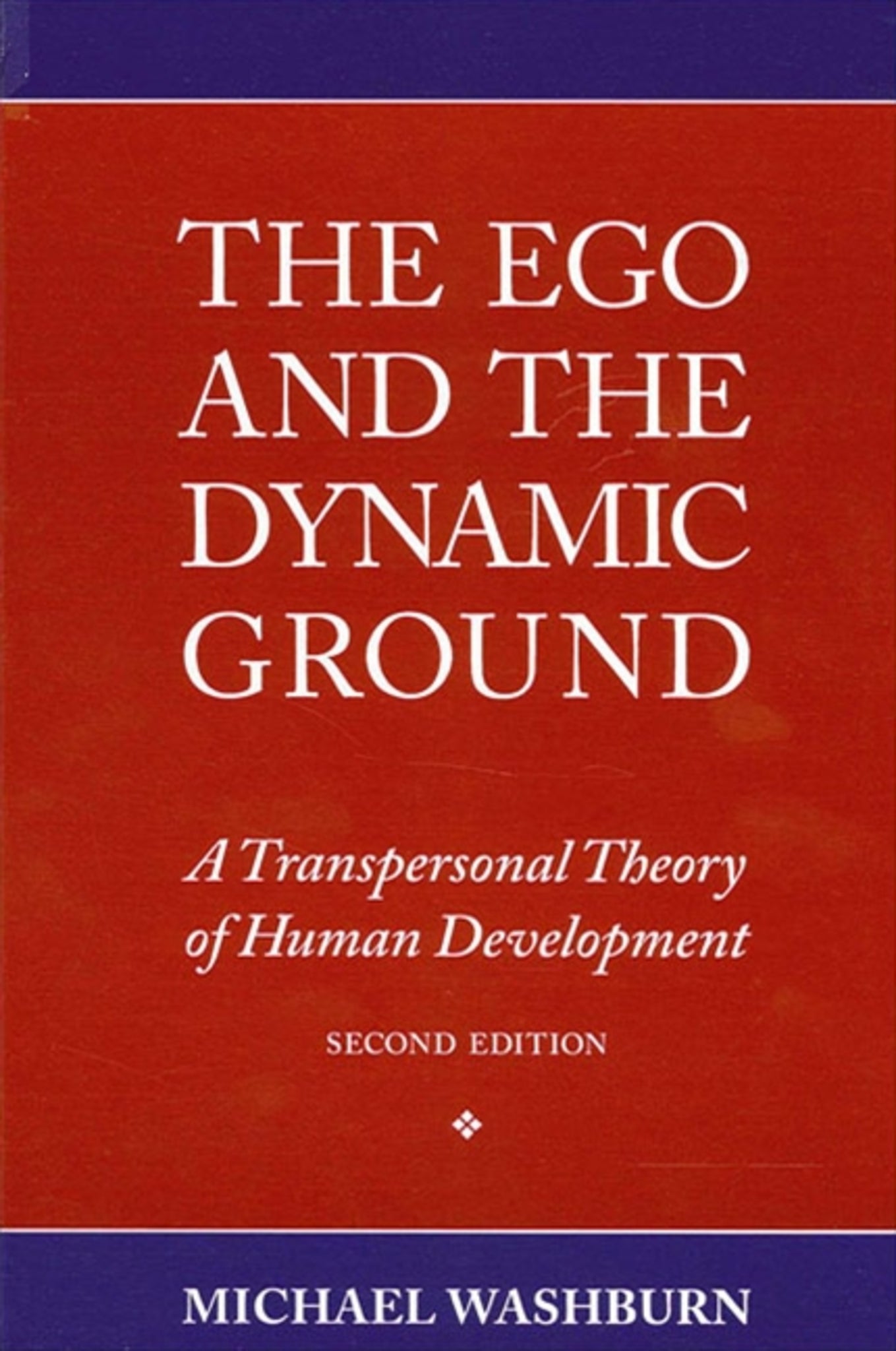We're sorry. An error has occurred
Please cancel or retry.
The Ego and the Dynamic Ground

Some error occured while loading the Quick View. Please close the Quick View and try reloading the page.
Couldn't load pickup availability
- Format:
-
03 February 1995

Maps the course of human development from the earliest stages of ego development to the highest stages of ego transcendence.
This new edition is a thorough revision of the first edition. Drawing on both psychoanalysis and analytical psychology and on both Eastern and Western spiritual sources, the book maps the course of human development from the earliest stages of ego development to the highest stages of ego transcendence. Washburn formulates an important paradigm for transpersonal psychology and clearly distinguishes it from the other major paradigm in the field, the structural-hierarchical paradigm of Ken Wilber.
In Washburn's view, human development is a spiral movement played out between the ego and its ultimate source: the Dynamic Ground. Ego development in the first half of life moves in a direction away from the Dynamic Ground; ego transcendence in the second half of life spirals back to the Ground on the way to a higher union with the Ground-whole-psyche integration.
Washburn's spiral paradigm helps explain why human development has the character of a journey of departure and higher return, of setting out into the world and then finding one's way "home."
This new edition more effectively integrates key psychoanalytic and Jungian ideas by placing them within a developmental framework that resolves their contradictions. Washburn's paradigm stresses both the biological roots and the spiritual potentialities of the psyche and is sensitive to the ambivalences, dualisms, transvaluations, and higher syntheses of life.


"I find it a psychologically more pertinent synthesis of the claims, experiences, and insights in transpersonal development than Wilber's paradigm. It is neater, more parsimonious, and more powerful." — James N. Mosel
"Washburn brings together many insights from psychotherapy and from meditation in an incomparably illuminating map of emotional-spiritual processes of transformation." — Donald Evans
Preface to First Edition
Preface to Second Edition
Introduction
1. Transpersonal Theory: Two Basic Paradigms
The Dynamic-Dialectical Paradigm
The Structural-Hierarchical Paradigm
Choosing Between the Paradigms
Conclusion
2. The Body Ego
Original Embedment
The Emergence of the Ego from the Dynamic Ground and the Initial Appearance of the Great Mother
The Splitting of the Great Mother
Conflict with the Great Mother and Primal Repression
The Body Project, the Oedipus Complex, and Primal Repression
Conclusion
3. The Body Ego: Cognitive and Affective Development
The Presymbolic Stage
The Referential-Protosymbolic Stage
The Symbolic-Protoconceptual Stage
Conclusion
4. The Mental Ego
The Mental Ego's Crisis of Awakening in Adolescence
Earning Being and Value in Early Adulthood
The Mental Ego and Cognition
The Mental Ego's Difficulties at Midlife
Conclusion
5. The Unconscious
The Dynamic Ground
The Instinctual-Archetypal Unconscious
The Body Unconscious
Primal Repression
The Personal Unconscious
Conclusion
6. Meditation: The Royal Road to the Unconscious
A Definition of Meditation
Meditation and Prayer
Meditation and the Unconscious
Meditation Before and After Crossing the Threshold of Primal Repression
Beyond Meditation
Conclusion
7. Regression in the Service of Transcendence
Stage One: Withdrawal from the World
Stage Two: Encounter with the Prepersonal Unconscious
Conclusion
8. Regeneration in Spirit
General Features of the Regeneration Process
Specific Features of the Regeneration Process
Conclusion
9. Integration
Dualism Transcended: The Coincidentia Oppositorum
The Horizons of Integrated Life
Conclusion
Notes
Bibliography
Index



